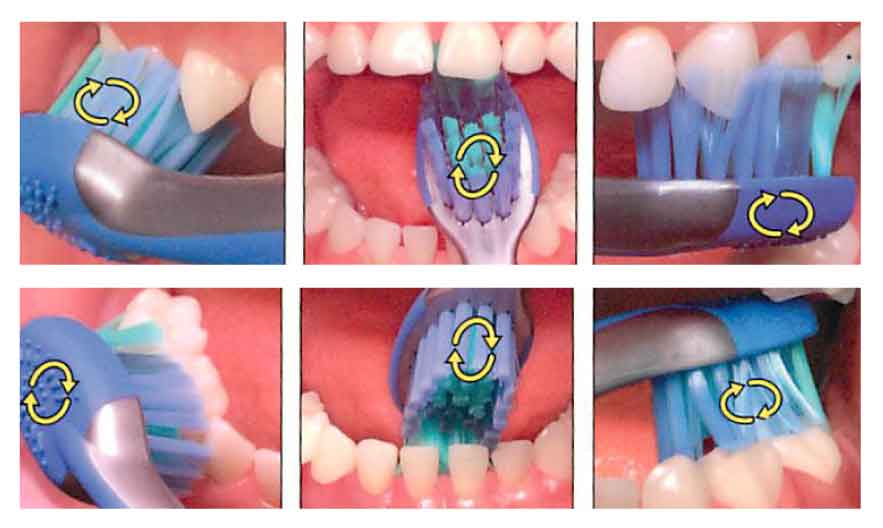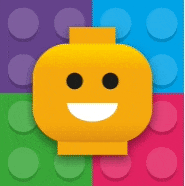Techniques for brushing kids teeth

Baby teeth play a crucial role in aiding children with eating, speaking, and guiding the permanent adult teeth into their proper positions. Therefore, it is essential to start caring for them early on.
Regular toothbrushing is key to removing bacteria and plaque that can lead to tooth decay and gum disease. It is recommended to brush teeth twice daily – once in the morning and again before bedtime.
Start brushing early
Introducing toothbrushing to children at an early age helps them incorporate it into their daily routine. Children may require assistance and encouragement to develop this new skill over time. Begin brushing your baby’s teeth as soon as the first tooth appears, typically around 6 months of age. Use a soft children’s toothbrush and water, or a soft wet cloth, cleaning all tooth and gum surfaces twice a day.
By making toothbrushing a part of your child’s daily routine from the beginning, you not only prevent issues like tooth decay but also establish healthy habits that can contribute to a lifetime of smiles.
How to choose the right brush and toothpaste
- When choosing a toothbrush for your child, opt for one designed specifically for children with a small head and soft bristles.
- Opt for toothpaste containing fluoride that the child enjoys and finds comfortable in their mouth.
- Always have an adult apply toothpaste to the toothbrush.
- For children under the age of 3, use a small smear of fluoride toothpaste, approximately the size of a grain of rice.
- For children aged 3–6, a pea-sized amount of fluoride toothpaste is sufficient.
- If a child is unable to spit, instruct them to tilt their mouth down, allowing the toothpaste to dribble out into the sink, a cup, or a washcloth.
- Since fluoride in toothpaste is meant to be swished but not swallowed, it’s crucial to assist or supervise the child during brushing. As the child grows older, teach them to spit out the toothpaste after brushing.
Guidelines for Brushing Your Child's Teeth:
Young children lack the ability to brush their teeth effectively, necessitating the assistance of an adult. Follow these steps for optimal brushing:
- Find a comfortable position, such as having your child sit on your lap facing away from you, with their head resting against your body while you gently cup their chin with one hand.
- Brush the teeth and along the gum line meticulously, aiming for about two minutes of brushing time.
- Use gentle, small circular motions. Ensure thorough brushing on both the inside and outside surfaces of the teeth.
- Brush back and forth on the chewing surfaces of the teeth.
- After brushing, instruct your child to spit out the toothpaste and refrain from rinsing with water. The residual toothpaste continues to provide protection for the teeth.
Guiding Your Child in Toothbrushing:
Promote your child’s involvement in toothbrushing as they grow older. Around the age of two or three, encourage them to try brushing first, and then follow up to ensure all surfaces are thoroughly cleaned.
By the age of eight, children typically possess the fine motor skills necessary for effective tooth brushing. Nevertheless, continued supervision may be necessary beyond this age until you are confident that they can independently perform the task effectively.
Tips for Encouraging Children's Toothbrushing:
Not all children may initially find toothbrushing enjoyable, but most eventually recognize it as a daily health practice. Here are some tips to encourage toothbrushing:
- Make it fun! Incorporate elements like singing a song, making silly noises, playing a children’s toothbrushing video or app – anything that adds an enjoyable aspect to the routine.
- Children often enjoy imitating others, so involve other family members in demonstrating how they brush their teeth.
- Utilize dental-themed storybooks to help teach young children about the importance of brushing their teeth.
- Try using two toothbrushes – one for the child to hold and use, and another for you to brush their teeth more effectively. Alternatively, engage in a ‘your turn, my turn’ approach, where the child brushes first, followed by the parent.
- If your child dislikes the taste of toothpaste, begin by brushing without toothpaste initially. Gradually introduce a small amount of children’s low-fluoride toothpaste to acclimate them to the flavor. Explore toothpaste options with fruity or milder flavors that may be more appealing to kids.
- If the bathroom setting is not yielding success, try toothbrushing in another location in the house.
- For older children, consider implementing a reward system. Keep track of the number of times their teeth are cleaned twice a day on a calendar and offer a reward when they reach a specified goal.
Here are some more tips and ideas on how to make brushing your kids teeth fun!
Make Toothbrushing A Habit For Life

Are you looking for a dental home for your child? Call us to schedule an appointment!
Call us and schedule your child’s appointment today: (702)586-4347
Pacifier Use and Thumb Sucking
Pacifier Use, Thumb Sucking and Finger sucking What can happen...
Read MoreYour child’s first dental visit
first dental visit for child “When should my child first...
Read MoreAre dental x-rays safe for my child?
Are dental x-rays safe for my child? The most common...
Read More




